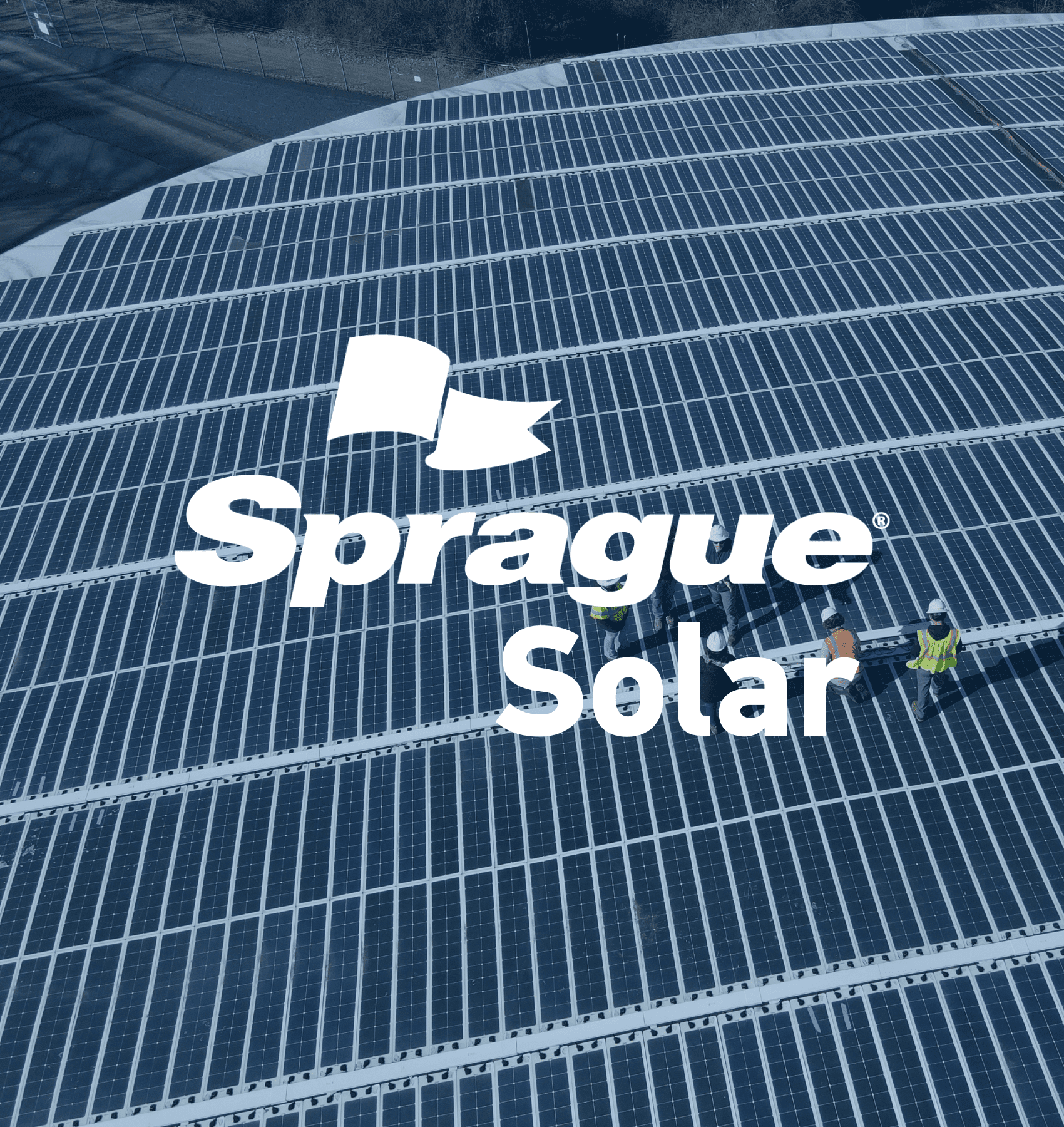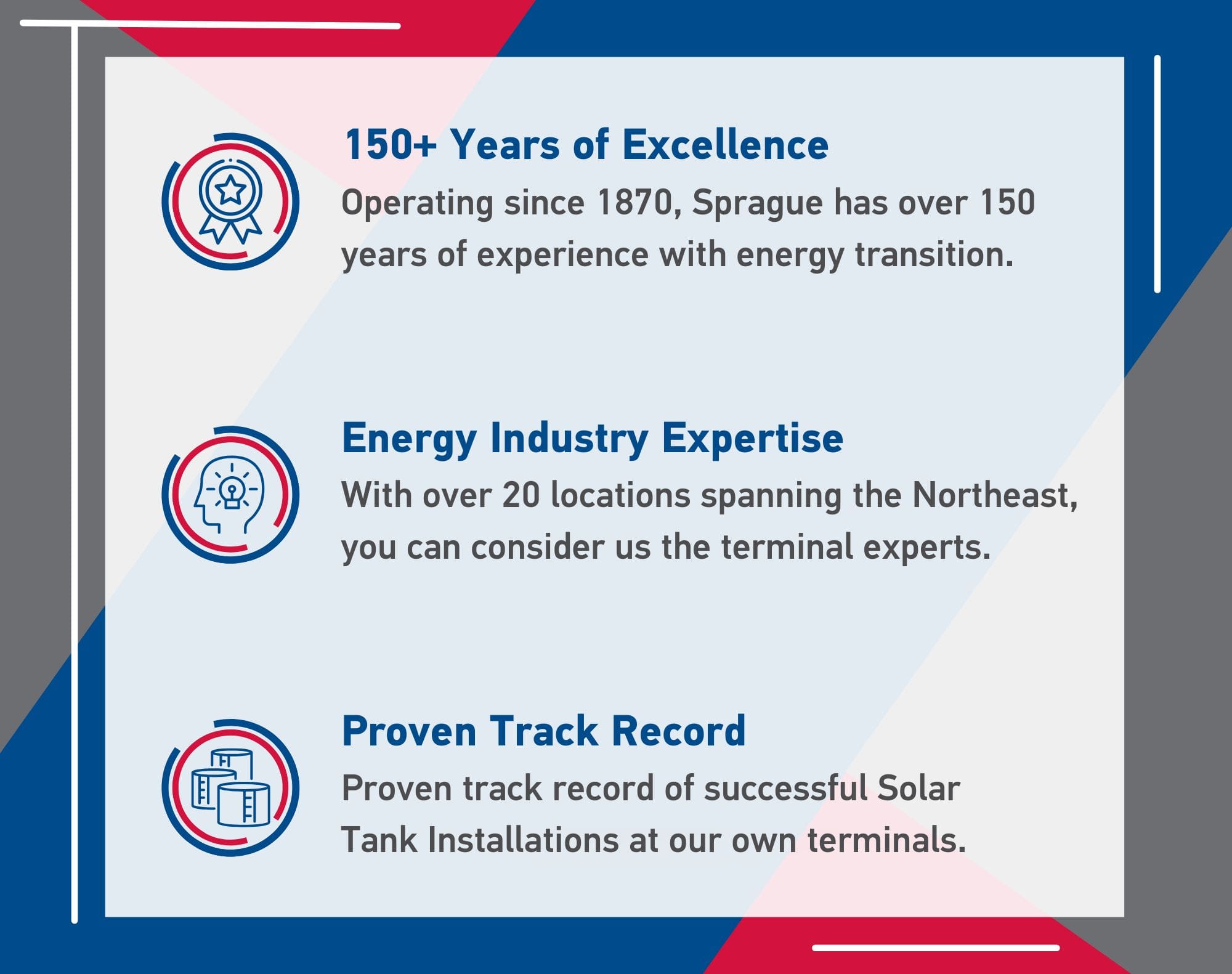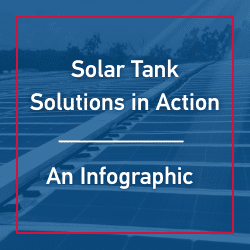Morgan Linen Service: A Partnership Built on Trust, Competitive Pricing, and Exceptional Care
Sprague Solar Service Offerings Menu Get Started Overview Why Solar Why Sprague Solar Proven Success News FAQs Resource Center Get Started Sustainably Control & Reduce Your Operating Costs In 2017, Sprague led the way with the Nation's first solar liquid storage tank roof, proving that sustainability and efficiency can go hand in hand. Now, we're helping businesses across the U.S....








